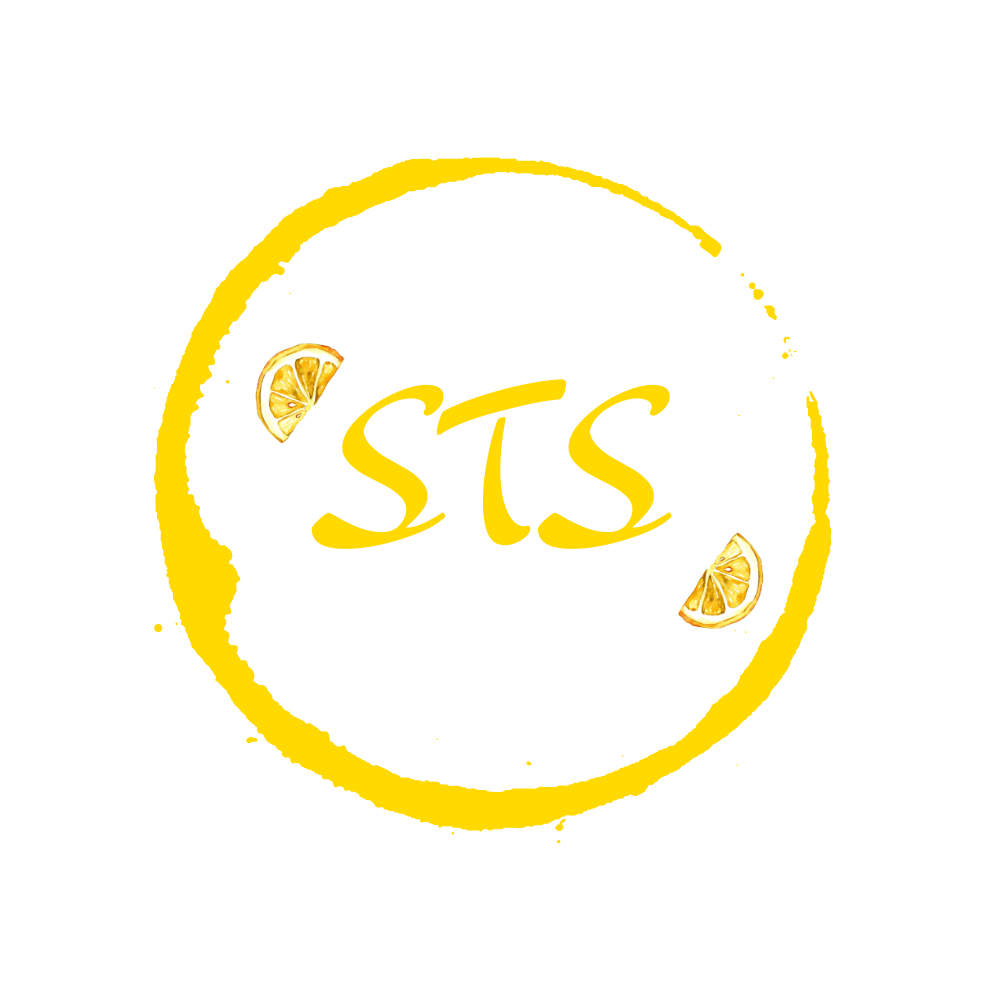Quattro chiacchiere…
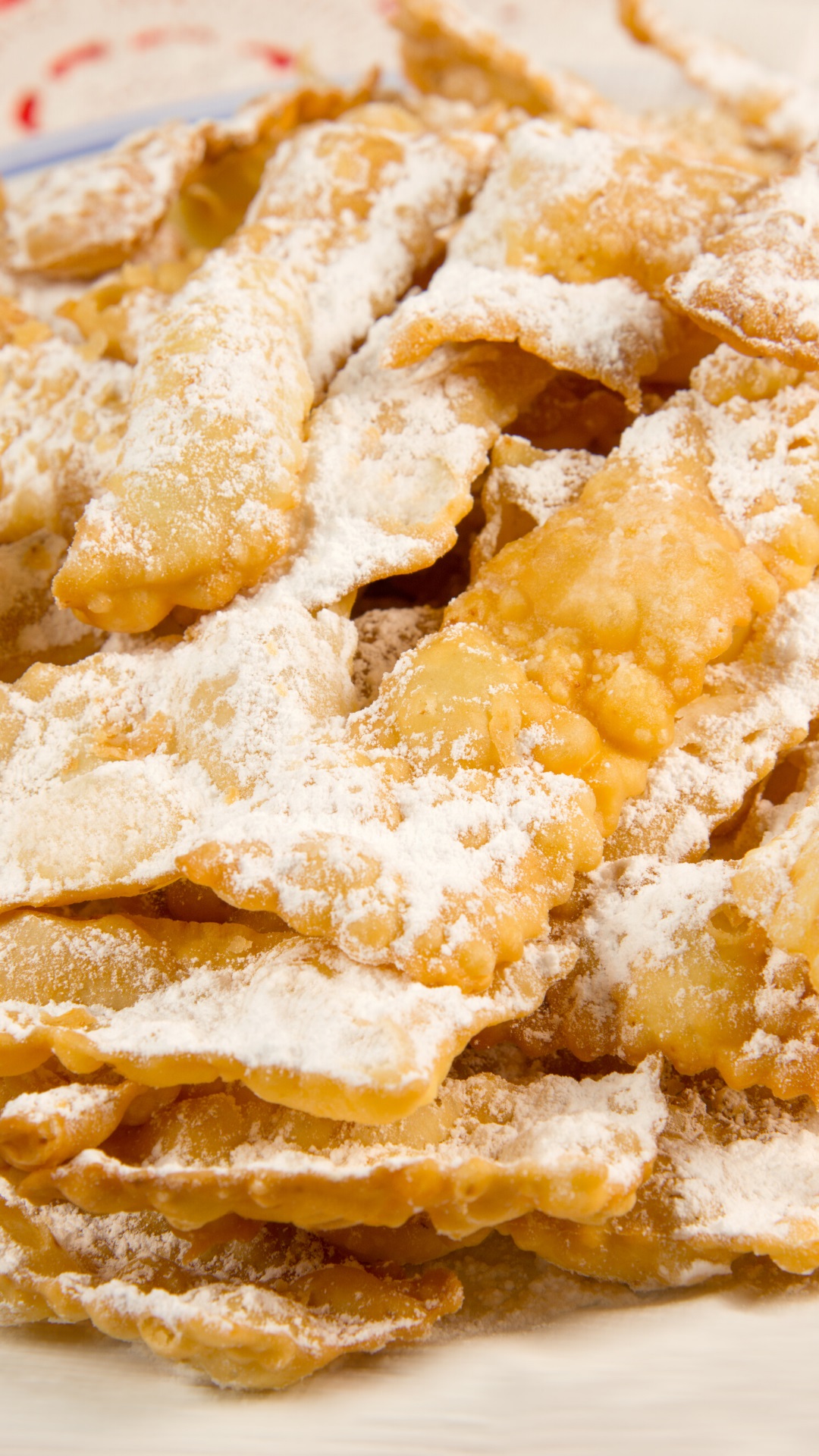
Quattro chiacchiere…
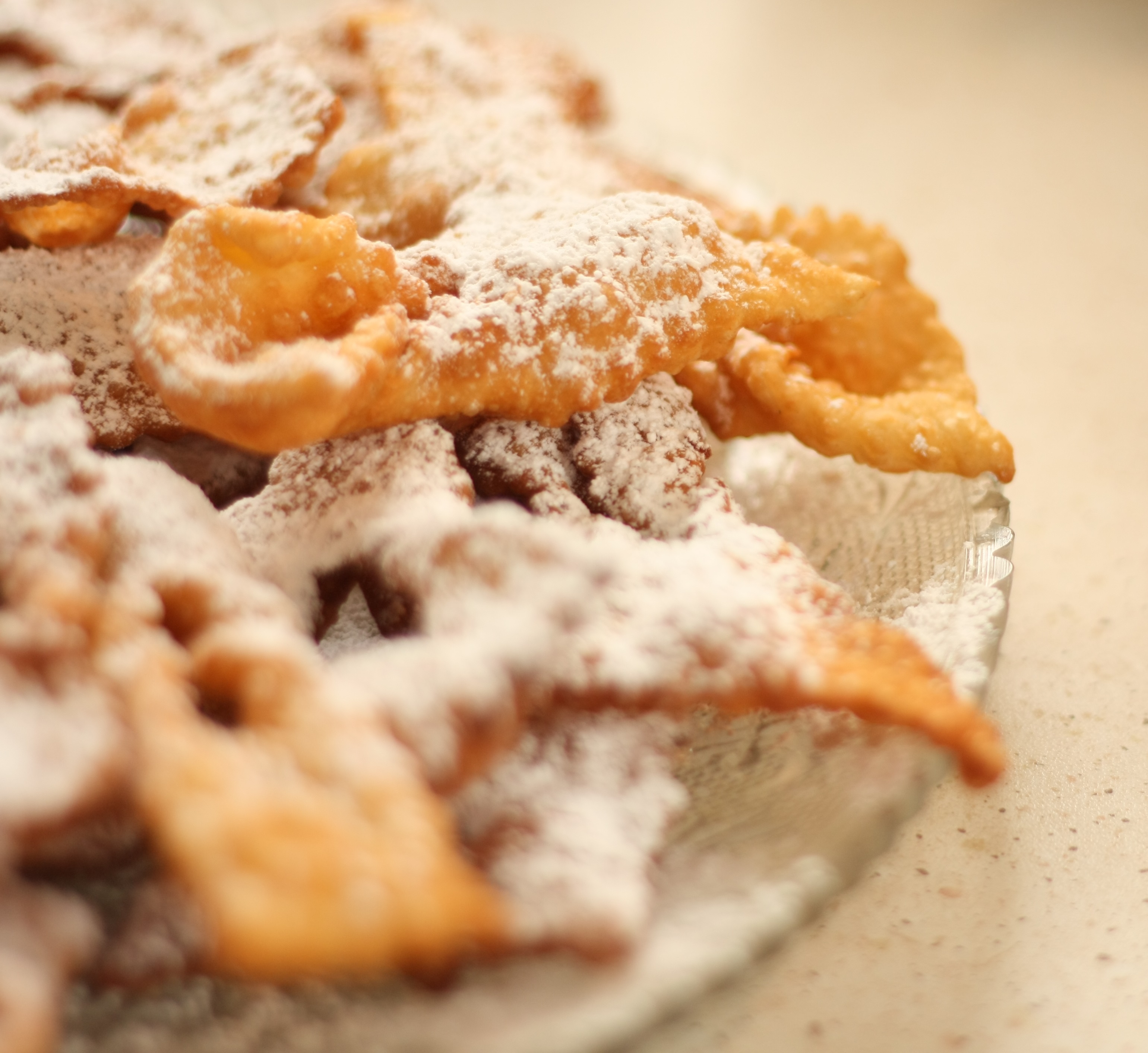
I’m a freelancer. That means that when work is slow, I’m entitled to extended lunches and decadent afternoons. Recently, I spent one of those fun afternoons with an Italian friend. We went for dim sum first and then coffee & cakes in a French patisserie (nope, nothing Italian about that! But culinary exploration is a must).
As Italians do, our hours-long conversation spanned from work, to travel, to friends, to nights out to…
YOU GUESSED IT… FOOD!
I was surprised when she mentioned a traditional sweet treat people in her region eat over the Carnival period – grostoli – she called them.
Continue reading…
“Very fattening, fried and covered in sugar… but delicious”, my friend said.
“Odd. Never heard of that. But for Carnival, we eat chiacchiere“, I replied.
“It doesn’t ring a bell. Are they fried?”.
“They can be, but nowadays I think that they are very often baked for a healthy option, right?”, sarcastic grin on my face.
Little did I know then that we were talking about the exact same thing.
We swiftly moved to a different topic but when a week later, while visiting my family in Italy, I mentioned the conversation to Mum, she raised her hands up in the sky, shaking them. A gesture that, in that particular context, translated to “Gosh, you can’t even imagine how many different names chiacchiere have…!”
“By region?”, I asked Mum.
“Even from town to town”, she replied.
Wikipedia mentions 20+ different names. I needed to investigate…
But first, what are chiacchiere? Chiacchiere are thin small sheets of pastry made with flour, butter, eggs and sugar, which are then fried, traditionally, or more and more often baked for a lighter option. Once cooked, they are sprinkled with icing sugar. Good chiacchiere are supposed to be light as a feather, almost crumbling when you touch them.
Who would have thought these tasty treats were already devoured by the Romans – their legacy is really something!
This seasonal and celebratory food was ubiquitous during religious feasts called Saturnali, decadent festivity in honour of the god Saturn. Can you just picture those times? People flocking the streets… I have this image of dry roads, dust that covered people’s feet and calves like an impalpable veil of silk… giving a warm welcome to spring and a long-awaited goodbye to winter. A spell of joy and anticipation sprinkled over the town. Spring meant the beginning of the agricultural season and it must have been a very big deal in pre-industrial times. Chiacchiere version 1.0 were cooked in pig fat and given out to the crowds.
These tasty treats were already devoured by the Romans
As a linguist, however, the most fascinating aspect of this treat is the language around it. Luckily I’m from Lombardy, where we call them chiacchiere, and that is useful to learn some new vocab.
Chiacchiere is not only the name of this seasonal delight. The word also means:
- chat
- chatter
- chitchat
and is used with slightly more negative connotations as:
- gossips
- rumours
- nonsense
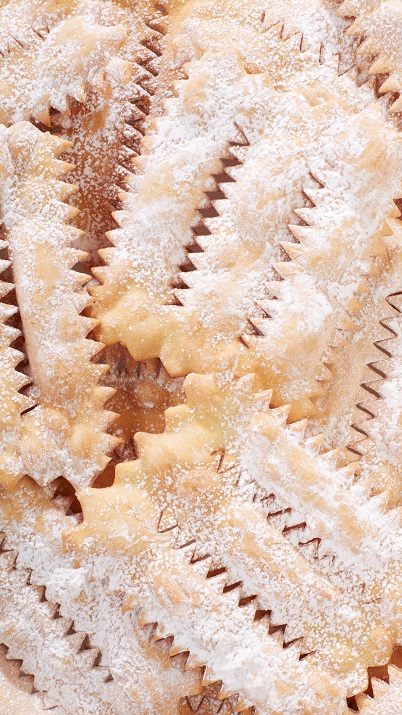
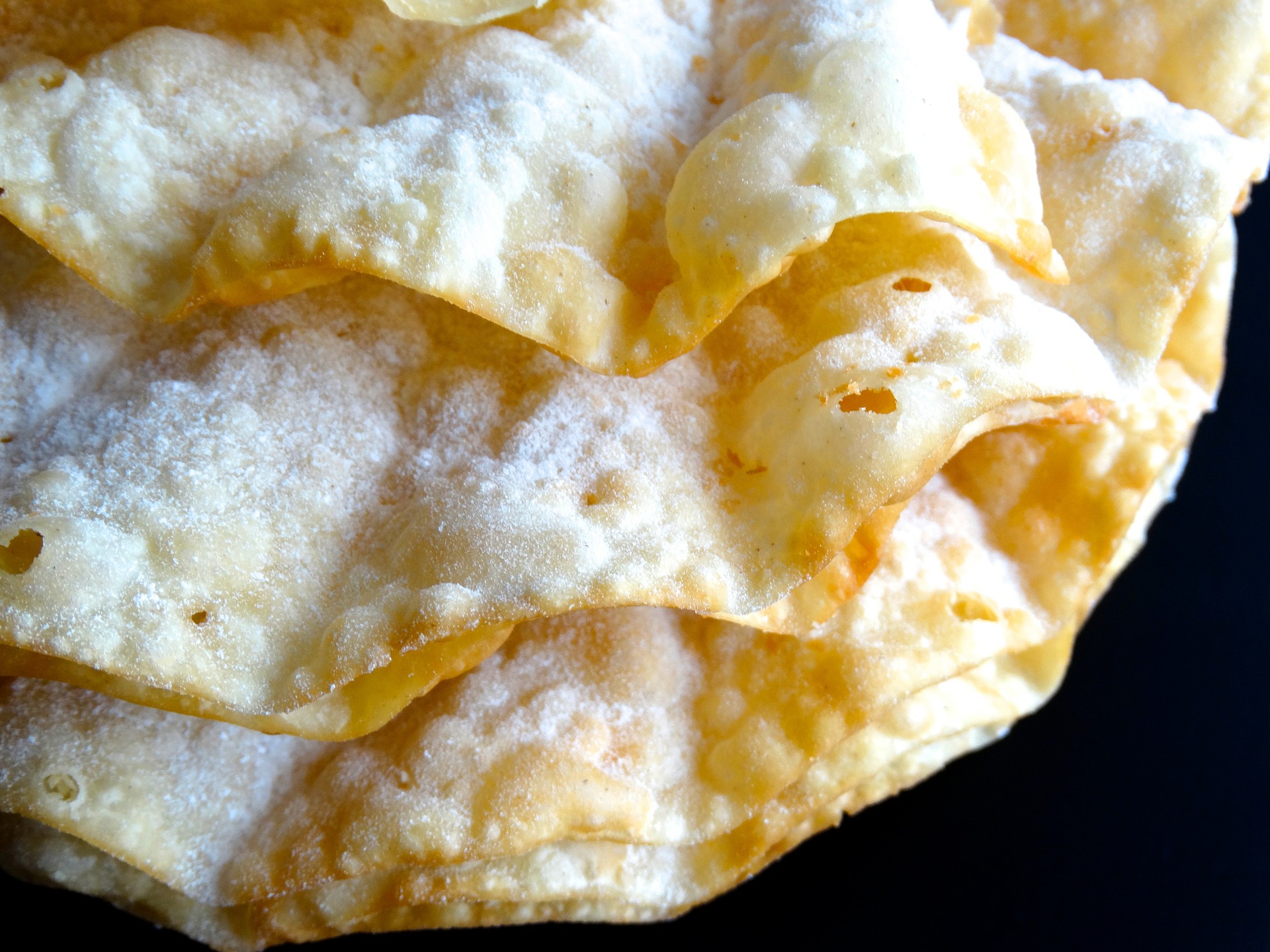


As a linguist, the most fascinating aspect
of this treat is the language around it.
As a linguist, the most fascinating aspect of this treat is the language around it.
Fare due chiacchiere or fare quattro chiacchiere are very common expressions in Italian. They literally mean having two chats or having four chats respectively.
Chiacchiere can be:
– frivole / shallow
– inutili / meaningless
– infondate / unfounded
– malevole or cattive / malicious or nasty
You can lose yourself in chats, if you’re Italian… perdersi in chiacchiere.
Most of the time chiacchiere are just empty words (parole vuote) – Sono tutte chiacchiere.
